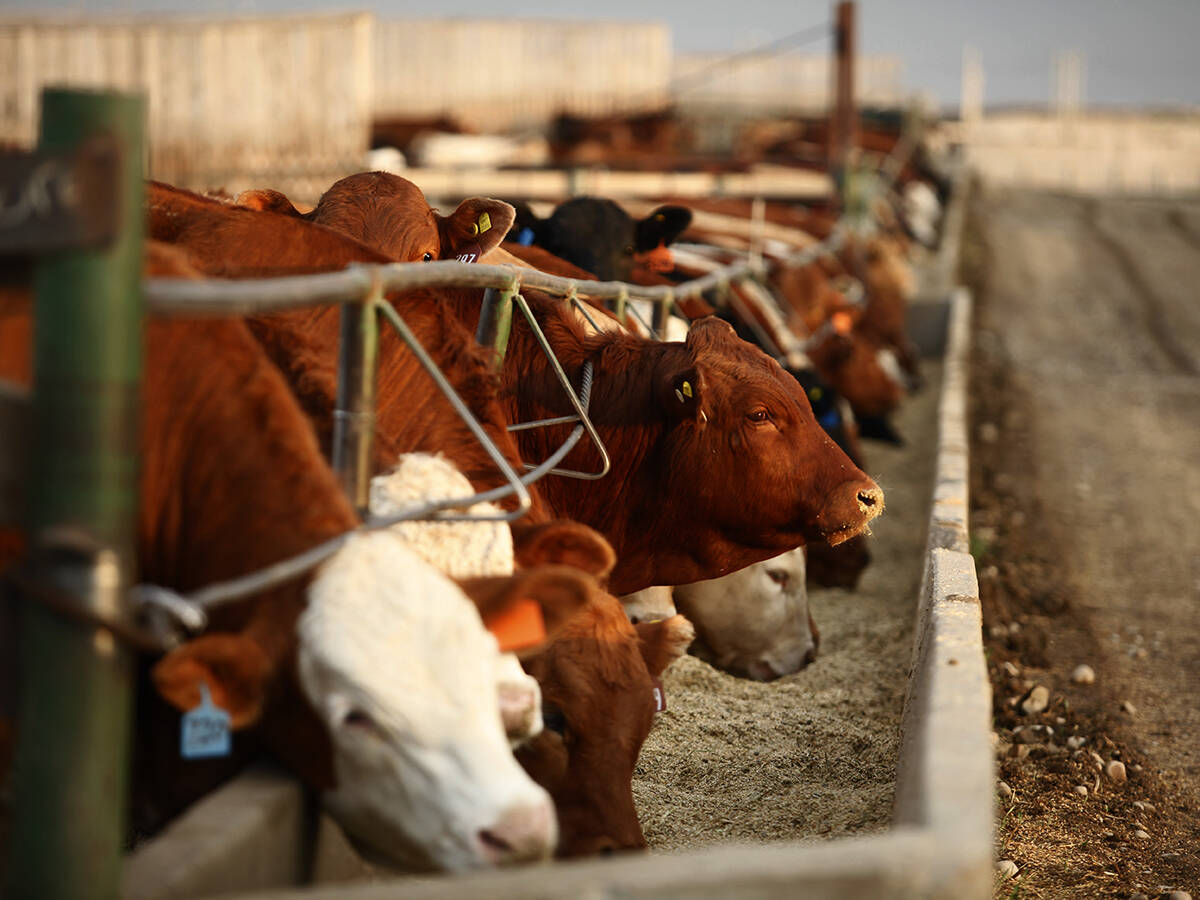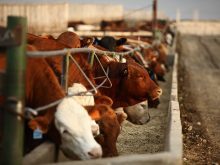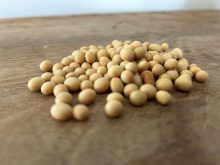CHICAGO, July 29 (Reuters) – Chicago Mercantile Exchange hogs on Tuesday finished lower following slumping prices for ample supplies of slaughter-ready animals, traders said.
August finished 2.225 cents per lb lower at 121.450 cents, and October down 0.550 to 106.075.
The morning’s average price of hogs in Iowa/Minnesota fell $1.23 per cwt from Monday, and dropped for a third straight session, to $121.15, according to the U.S. Department of Agriculture.
Hogs weigh considerably more than they did a year ago, which is generating more pork while pressuring cash prices, said K&S Financials analyst Jack Salzsieder.
Read Also

U.S. livestock: Cattle extend gains on improving cash prices, packer demand
Reuters — Chicago Mercantile Exchange live cattle futures set a three-week high and feeder cattle hit their highest level in…
Heavier hogs also helped offset lost production pegged to the pig virus that killed millions of pigs since last year.
Investors lightened August long positions in advance of the contract’s expiration in two weeks, traders said.
Nearby CME hogs triggered sell stops after falling below Monday’s lows. And funds sold the October contract when it slipped beneath the 100-day moving average of 106.17 cents.
Traders sold deep-deferred hog trading months with the view that cheaper corn would prompt producers to expand their herds while fattening hogs to heavier weights.
The USDA has proposed a change in regulations that would relax restrictions on pork imports from certain areas of Mexico, potentially allowing for increased U.S. imports at a time of a supply shortage.
“It seems to me the cool weather hog weight gain has offset the missing piglets,” said Allendale Inc broker Peter Adams.
Live cattle end flat to weak
Profit-taking weakened CME live cattle despite record-setting wholesale beef prices, traders said.
Tuesday morning’s choice wholesale beef price jumped $2.60 per hundredweight (cwt) from Monday to a record $261.90. Select beef surged $2.77 to a new top of $258.94, USDA said.
“Everybody is taking a little money off the table. But, they may have to it all back on because the shortage of beef is not done,” said Salzsieder.
Packers cut slaughters to counter generally tight supplies, making less beef available to grocers. And, high-priced beef forced processors to pass that cost on to retailers.
Investors look for steady cash prices this week because of fewer animals for sale and strong wholesale beef prices.
Last week, cash, or market-ready, cattle in the U.S. Plains hit an all-time high of $162 to $165 per cwt.
August live cattle closed down 0.275 cent per lb at 158.775 cents, October unchanged at 159.075 and December at 159.150 cents, down 0.100 cent.
CME feeder cattle hit a new high, supported by lower corn prices and higher prices for feeder cattle in local markets.
August and September closed 1.250 cents higher at 221.425 and 222.450 cents, respectively.














